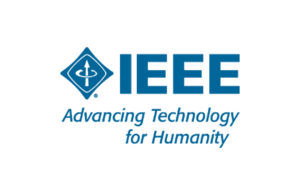Health informatics - Service Architecture (HISA) - Part 3: Computational viewpoint (ISO 12967-3:2020)
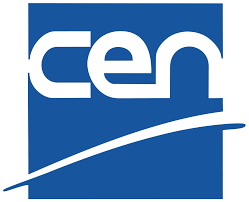

A key characteristic of existing and emerging networks is the use of a smart transport including its softwarization/virtualization for supporting applications and services with varied QoS/QoE requirements, all of which must be supported by this smart transport. Appropriate mechanisms are needed to achieve the required levels of QoS/QoE, especially for applications that are latency- and loss-sensitive. Some applications may also require a large amount of bandwidth and strict quality assurance, which makes the support for QoS/QoE challenging, in particular under a softwarized/virtualised network environment.
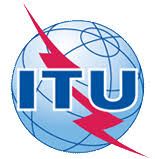
The purpose of the standard is to extend the CORA ontology to represent more specific concepts and axioms that are commonly used in Autonomous Robotics. The extended ontology specifies the domain knowledge needed to build autonomous systems comprised of robots that can operate in all classes of unstructured environments. The standard provides a unified way of representing Autonomous Robotics system architectures across different R&A domains, including, but not limited to, aerial, ground, surface, underwater, and space robots. This allows unambiguous identification of the basic hardware and software components necessary to provide a robot, or a group of robots, with autonomy (i.e. endow robots with the ability to perform desired tasks in unstructured environments without continuous explicit human guidance).
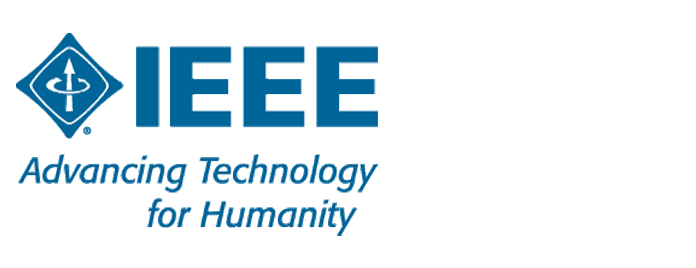
Standardization in the field of Health Information and Communications Technology (ICT) to achieve compatibility and interoperability between independent systems and to enable modularity. This includes requirements on health information structure to support clinical and administrative procedures, technical methods to support interoperable systems as well as requirements regarding safety, security and quality.
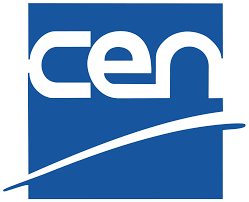
Standards for data management within and among local and distributed information systems environments. SC 32 provides enabling technologies to promote harmonization of data management facilities across sector-specific areas. Specifically, SC 32 standards include:
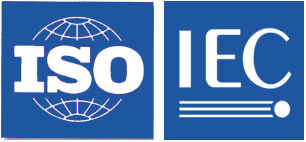
Standardization in the area of Internet of Things and Digital Twin, including their related technologies.
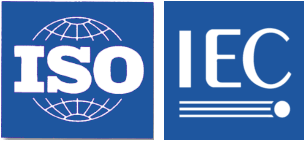
ITU-T Study Group 9 (SG9) carries out studies on the use of telecommunication systems in the distribution of television and sound programs supporting advanced capabilities such as ultra-high definition and 3D TV. This work also covers the use of cable and hybrid networks – primarily designed for the distribution of television and sound programs to the home – as integrated broadband networks to provide interactive voice, video and data services, including Internet access.
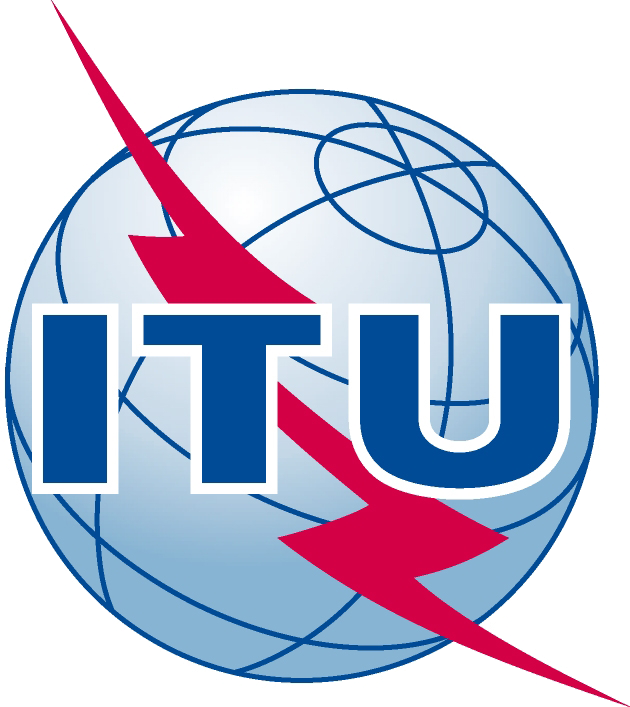
Maintain EN 1434-3, preparing a draft revision, taking into account: - to improve the reference to the ISO/OSI physical- and linklayer; - to enable CEN/TC 294 DLMS-Protocol to be used on the physical- and linklayer of EN 1434-3; - to ensure consistency with the work done on other WGs of CEN/TC 294; - to prepare the draft for enquiry as soon as possible (see resolution 3/1998)
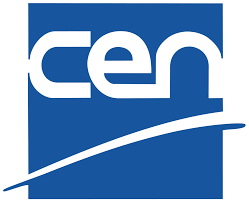
To define an ISO/OSI application layer for communication systems for and remote reading of all meters within the scope of TC 294 to fullfill the user requirements as defined by WG 1 (as one part of the standards). To define and maintain a glossary of terms (as one part of the standards).
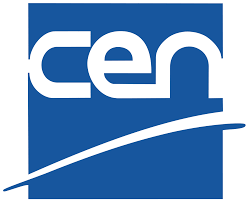
SCC21 develops and coordinates new IEEE standards and maintains existing standards developed under past SCC21 projects.
In addition, SCC21 coordinates activities within its scope/purpose among IEEE societies.
Learn more about its current projects.

The 2030 Smart Grid standards share the common goal of interoperability supported by interrelated and complementary technologies.
Interoperability: the capability of two or more networks, systems, devices, applications, or components to externally exchange & readily use information securely & effectively. (Std 2030).
Smart Grid: the integration of power, communications, & information technologies for an improved electric power infrastructure serving loads while providing for an ongoing evolution of end-use applications. (Std 2030).
The IEEE standards development process is open and voluntary and operates under a consensus process. The best way to participate in standards development is to attend working group (WG) meetings. All WG meetings are open meetings. Information on upcoming WG meetings can be found on the individual WG sites.
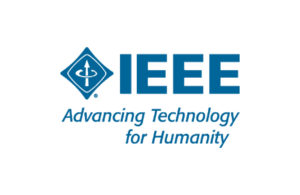
Primary activities involve the development and support of the Signal and Test Definition (STD) standard and its User Guide, together with some of the ATML standards. The ATML standards that are maintained by TAD are Test Description (IEEE 1671-1) and Instrument Description (IEEE 1671-2).
Members come from a wide range of test related disciplines, including military, aviation, commercial equipment manufacturers and users. Most of the work is carried out remotely with some face to face meetings.
The group is open to anyone with an interest in the development of test related standards.
